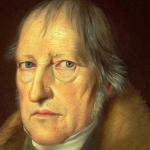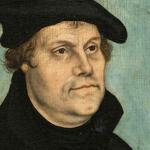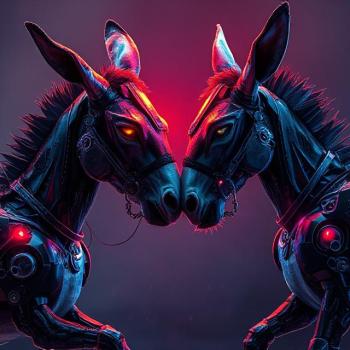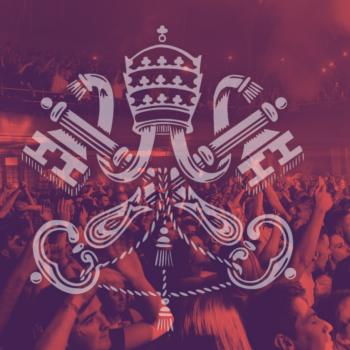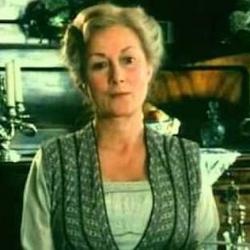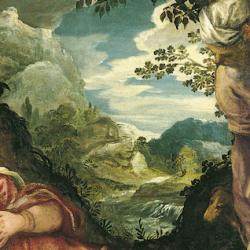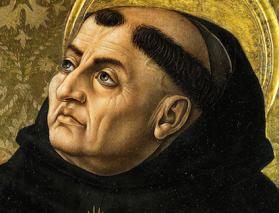Virginia Woolf, atheist though she was, couldn’t avoid religious language when she spoke about her writing. Writing began from “a revelation of some order; it is a token of some real thing behind appearances; and I make it real by putting it into words.” It was her “shock-receiving capacity is what makes me a writer.”
She expanded: “It is the rapture I get when in writing I seem to be discovering what belongs to what; making a scene come right; making a character come together. From this I reach what I might call a philosophy; at any rate it is a constant idea of mine; that behind the cotton wool is hidden a pattern; that we – I mean all human beings – are connected with this; that the whole world is a work of art; that we are parts of the work of art. Hamlet or a Beethoven quartet is the truth about this vast mass that we call the world. But there is no Shakespeare, there is no Beethoven; certainly and emphatically there is no God; we are the words; we are the music; we are the thing itself. And I see this when I have a shock” (quoted by Donna Lazenby, A Mystical Philosophy, 21).
A mystic aesthetic, the world as artwork without artist, pattern without patterner.

